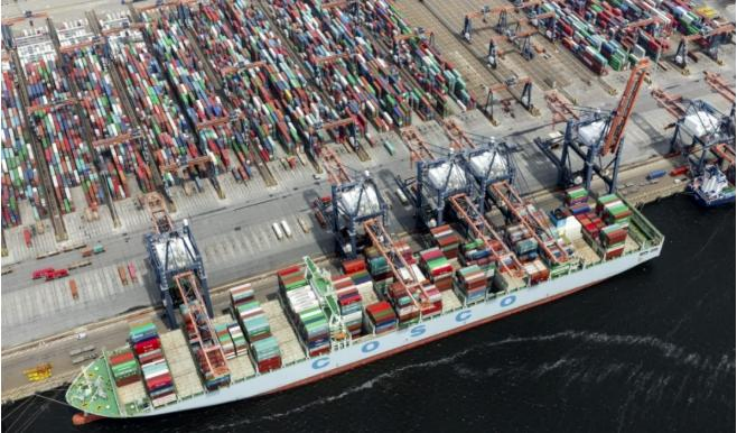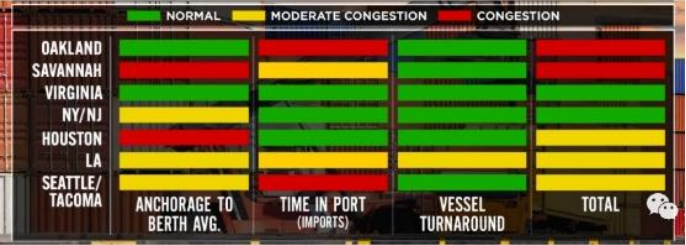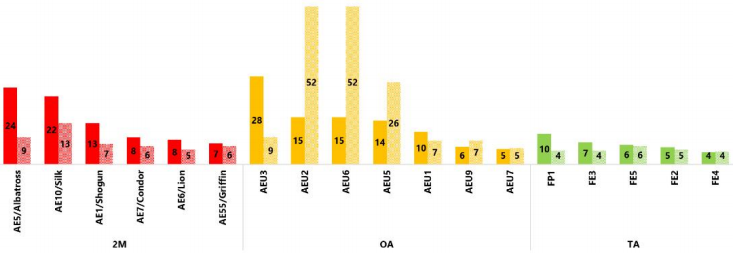The traffic and freight volume of the united states is ugly
According to the data of the Bureau of Transportation Statistics (BTS), the freight volume in the United States increased by only 0.8% year-on-year from March to May.
According to BTS's transportation services index (TSI), may was the first time in nearly three years that the freight volume fell year-on-year.
TSI counts the changes of important freight means such as trucks, railways, barges, pipelines and air transportation. The index shows that after 2016, the development of the shipping industry has entered a cyclical slowdown, and the growth of freight volume has also been implemented. From March to may, the truck freight volume increased by 3.4% year-on-year, but the growth rate was less than half that of the same period last year; The volume of container railway transportation increased by 6.9% year-on-year, but the growth rate decreased by 3.8% over the same period last year.

It is reported that the container throughput of Long Beach port, one of the main entry points of us trans Pacific goods, decreased by nearly 11% year-on-year from April to June; Container trade at the port of Los Angeles, another major cargo entry point on the west coast of the United States, increased by only 1%.
Outside the United States, the latest data of Korea's kospi-100 stock index has decreased by nearly 8% compared with July 2018. BASF, a German chemical giant, fell more than 26% from a year ago due to the downturn in Global trade and manufacturing.
Weak export growth, fierce competition for cheap imports and a stronger US dollar seem to be signs of a global economic slowdown; But so far, there are no signs that the economic recession may be exacerbated into a comprehensive recession, such as factory closures or widespread unemployment.
The Federal Reserve and other major central banks may cut interest rates sharply in advance to maintain stability.





